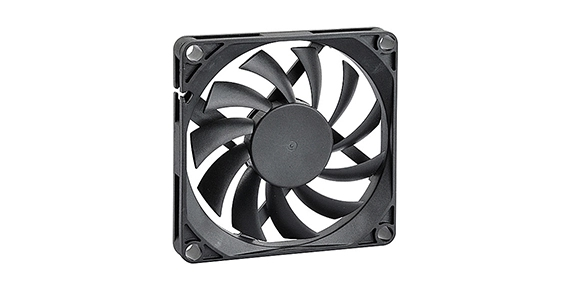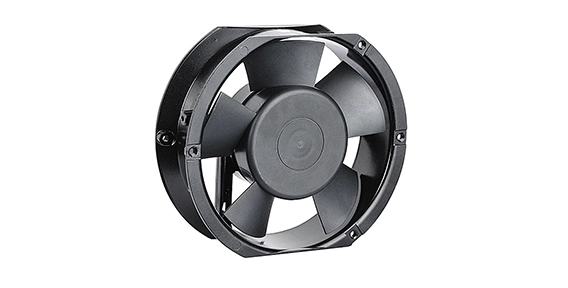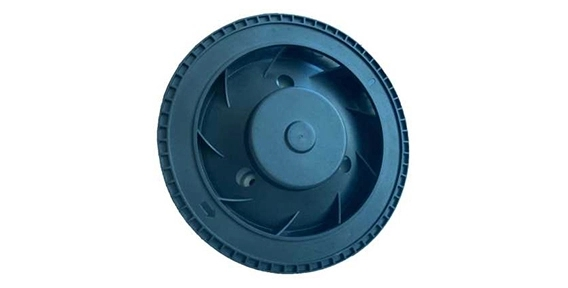DC axial fans are widely used in various industries, ranging from electronics and HVAC (Heating, Ventilation, and Air Conditioning) systems to automotive and aerospace applications. These fans play a crucial role in maintaining proper airflow and cooling, ensuring the efficient operation of electronic components and machinery. To enhance their performance and efficiency, smart control systems are being integrated into DC axial fans, providing numerous benefits and remote management capabilities.
Smart Control Features for the DC Axial Fan
Smart control features for DC axial fans offer enhanced control and monitoring capabilities, enabling precise adjustment of fan speed and airflow. These intelligent systems utilize advanced sensors and microcontrollers to monitor various parameters such as temperature, humidity, and air pressure. Based on the collected data, the control system automatically adjusts the fan speed to maintain optimal conditions and prevent overheating.
One of the key features of smart control systems for the DC axial fan is the ability to adjust the fan speed dynamically. Traditional fans operate at a fixed speed, which may not be suitable for all operating conditions. Smart control systems provide the flexibility to adjust the fan speed based on real-time needs. For example, during peak demand or high-temperature conditions, the fan speed can be increased to provide additional airflow and cooling. Similarly, during low-demand or low-temperature conditions, the fan speed can be lowered to save energy and reduce noise.

Advantages of Smart Control Systems for the DC Axial Fan
The integration of smart control systems brings several advantages to DC axial fans. Firstly, these systems improve energy efficiency by dynamically adjusting the fan speed. By operating the fan at the optimal speed based on real-time conditions, energy consumption is minimized, resulting in significant cost savings. Additionally, the reduced energy consumption also contributes to a greener and more sustainable environment.
Furthermore, smart control systems enable precise monitoring and control of the fan's operating parameters. Maintenance and troubleshooting become more efficient as any anomalies or malfunctions can be detected in real-time. This proactive approach prevents potential damages and prolongs the fan's lifespan. Moreover, the gathered data can be used for predictive maintenance, allowing for timely repairs or replacements of components before they fail.
DC Axial Fan: Integration of IoT Technology for Remote Management
With the rapid advancement of the Internet of Things (IoT) technology, axial cooling fan can now be remotely managed and controlled. IoT-enabled smart control systems enable seamless connectivity and communication between the fan, the control system, and the user. Through a centralized management platform or smartphone application, users can remotely monitor and adjust the fan settings, regardless of their physical location.
The integration of IoT technology also enables the gathering of valuable data from multiple fans, allowing for comprehensive analysis and optimization. With real-time data on fan performance, energy consumption, and environmental conditions, manufacturers and facility managers can make data-driven decisions to improve overall efficiency and performance. This data can also be utilized for predictive maintenance, ensuring the continuous operation of the fans without any unexpected downtime.
In conclusion, smart control systems for DC axial fans offer numerous benefits, enhancing their performance, energy efficiency, and operability. The ability to dynamically adjust the fan speed based on real-time conditions ensures optimal cooling and prevents overheating. The integration of IoT technology enables remote management and monitoring, providing users with convenience and flexibility. Therefore, the integration of smart control systems in DC axial fans is a significant advancement in the field, revolutionizing fan operation and management.


 EN
EN 
 +
+
 +
+
 +
+



